The Fruits of Meditation
Sift

1.
I laid out my mat, pressed my back into the ground and stretched out my arms, closed my eyes, enjoyed the sun against my eyelids, and reached my arms above me, pretending to be a plant reaching for the sun. I paid attention, as I so rarely do, to my muscles, to the way my body responded to the stretching of limbs. Then, cupping my hands around my face, I opened my eyes to observe the tree above me. I imagined that my perspective was stuck on that vision for the rest of my life. How closely that tree and I would be, how intimately I would come to understand its seasons, how my internal clock would be informed by the movement of light beyond its branches.
2.
In everything you do, be calm. Move slowly, move carefully, without restlessness, without eagerness for the next moment, which has already passed you by. In everything you do, be calm. Let every speckle of matter wash over you, eyes open to every crevice, heart gaping for each morsel of awareness. In everything you do, be calm. Every second is ready to receive you with open hands. Plunge.
3.
Giant, sunlit windows, thrown open to the morning dew. Soft silk, half parted, skin aglow with the morning light. Bird song of blue jay, their feathers fluttering with glee, black coffee and the softness of tunes. I would mold clay intro creations while you strummed your guitar. Watch as butterflies greeted the garden, witnessed the ripening of the melons. The high-up lushness of mountains, caked in wildflowers would greet my vision -- a daily walk would bring us into its affections. Our new Eden.
6
A Mediation on Fear-Crushing
A reflective poem inspired by the work of Chistrian Delgado
What ails that space in me, that crippling vacuum packed nucleus that makes its gathering place in my cells?
It's nickname is fear; it's impulse is to weaken the walls of my being.
It is the rapture of many joys; its anatomy is malleable, turning up in my nightmares which are teeming with serpents.
I was always taught to tremble at its hiss.
It permeates my night times. Without your body heat, I am fragile.
Sometimes I envision my elderly self. The slow cessation of loved ones into that infinite dimension.
What if I am the leftover one, the memories faded but palpable.
My constitution wobbles at the thought.
To crush this virus, to relieve its hold on the sanguine fluid that yearns for life, for breaths, for the vigor of a spirit spellbound by possibility, not futility.
We ascend our fears by choosing a fresh perspective.
For fear is a reflection of our heartsong.
And our melody should be nicknamed transcendence.
5
Sift
4
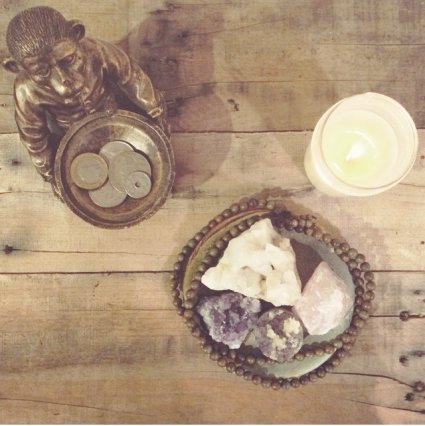
Sift
I am made for the East.
3.
I am made for the East.
I am made for the East.
A mantra.
A call to manifest a movement of bodies from space to space.
To a place which will set us free.
A reclamation.
I am made for the East.
7.
Can we ever find pureness?
Or are we pureness, of pure matter?
My soul cries out for its sweetness, its depth and clarity.
I want to be enlightened.
Slowly, it seems, we fill our insides with cement.
Over time, it becomes packed until it suffocates.
The weightness of it on the chest, so longing to be lifted.
With the hardest blows, the traumas finally begin to crack the core of that cemented-over skeleton until finally, it crumbles. This is where I'm at.

2
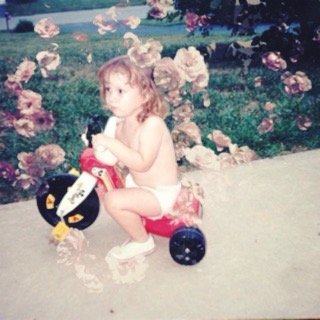
Sift
Desktop of My Life
An essay on playspaces
The child's playspace molds them.
Movement aids in cognition.
My childhood playspaces were dynamic, stimulating, colorful, and spaces for lessons learned.
I was both cracked open and put back together on playgrounds.
A swing set was fashioned for me in our long stretch of yard. In Pennsylvania, the forgiving soil bred us cherry tomatoes, sweet berries, lettuce, sunflowers; many Springs spent watching my porcelain-skinned Mother till the plot with her small hands.
The catching of fireflies under a starlit sky, soccer games with the neighborhood boys; my backyard was also a respite after a Saturday's work of doing chores.
Three houses down, a riskier playspace.
Beyond the enveloping walls of my fence was Nyssa Clevenstine's backyard.
We'd pour buckets of ice cubes onto her full-sized trampoline in the middle of the Summer and slide around, almost flipping off the sides on more than plenty of occasions.
We'd build kingdoms on the acre-sized dirt mound next to her house which rose above the roofs of the houses.
Gathering the other neighborhood kids, we'd enact a game of thrones and then truth and dare. I kissed a boy on the summit, Nyssa's provocation.
Playspaces can be painful.
I learned this at school; many recesses were an ordeal.
A field of scorn, of taunting and emotional beatings.
I found cruelness in the world.
I also found solidarity on occasion.
When girls were nice, recreation was a rite of passage.
When not undergoing rejection, I was earning my space in the only world I knew.
“If you want to make her laugh,” my Dad urged me “tell her she looks like Loretta Lynn. She likes that.”
I was preparing to say goodbye. Billows of clouds sped past the plane window; I asked her to hold on just a little while longer.
As my brother and my mother and I sat on the king-sized bed of which she took up a mere 80 pounds of space, she said the same thing she always said when she saw me: “You look skinnier, did you lose weight?”
She was always obsessed with losing weight.
The conversation waxed and waned according to her awareness; often times we’d sit and wait for her to open her eyes again.
Eventually, she sat herself up in bed and offered each of us a fragile hug. After many lingering, desperate attempts to stop time, I asked her if she needed help lying back down. She gently instructed me how to elevate her feet and indicated for me to pull the sheet up to her chin so that she might stay warm.
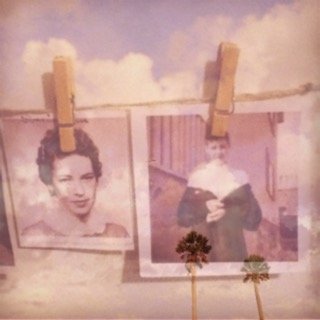
Grandma
A Narrative
In the downstairs kitchen, we joined my Grandpa and stood together in silence.
A baby monitor had been set-up so that Grandma could call upon him whenever she was in need of assistance.
Suddenly, I heard a strained version of my Grandmother’s voice coming through the speaker: “Laurennnnn”....she called.
I looked confusedly over at my Grandpa. He smiled a sideways smile and nodded back upstairs, urging me to accept her request. I gathered myself; shaking off what I thought were our final moments to hark back to her room.
Quietly re-entering, I watched a delicate smile purse her lips. “You see those two flowers that hang separate from the rest?” she asked, slackly pointing to a vase of wilting flowers on the dresser beyond her bed.
“I always think they look like little witches feet hanging; that’s what I imagine when I lay here. Like witches boots hanging from thin legs.” I let out a small giggle and pushed the hair away from my face.
Her smile turned into a look of stupefaction, and for several moments she didn’t say anything but fixed her gaze upon me, staring as if in wonderment or concern; I couldn’t quite grasp the expression.
“Look, here. I got another tattoo today,” she announced, gesturing to a tiny, dark triangular spot near her wrist bone.
She was making small talk. Anything she could think of.
“This was my first one,” she continued, showing me another blotch. “It’s shaped like a heart. I don’t know what it’s from; liver spots, or what.”
Stifling back the urge to burst into woeful tears, I was simultaneously clinging onto the intimacy, the delicacy of this moment. It was just for us. I decided to enjoy it.
“Now you can say you got a tattoo in your life, Grandma.” She chuckled knowingly, understanding the irony of her having always been against tattoos and scorning the rest of our family for getting them.
I walked nearer to her then, bending down to take her hand in mine and survey her green eyes, which contrary to the rest of her body, were shining like calcite crystals.
At last, I stroked her hair. “You look beautiful.”
She smiled a faint smile, her eyes glistening, “Thank you.”
Sift
7
Fin.
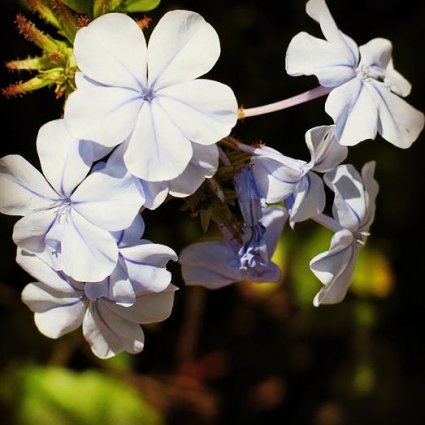
8
Sift
3
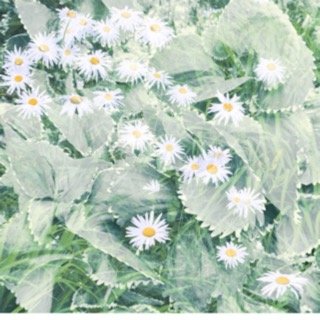
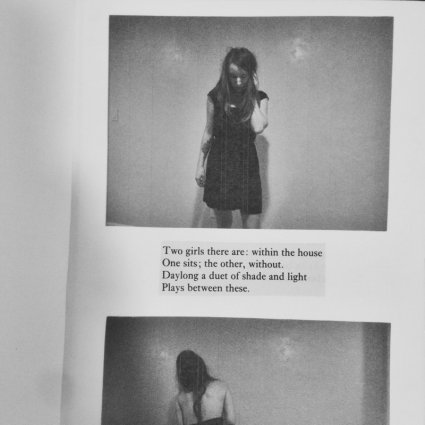
Sift
1.
I’ll tell you what I’d like my mortal human expression to be.
A gentle presence. Purely compassion.
A solid construction made to soothe others.
I’ve lived a life of service. But not in the way I want.
Yet I know altruism is an impossible trait. I cannot escape my own narcissism, my own selfish inclinations.
I am spoiled. I may not recover.
Perhaps this is what makes me still wake-up tied down by my own weight, A sagging of shoulders, a tiredness behind my eyes.
It's like I'm carrying within me the battle scars of my ancestors.
All I know is that I want to bend the laws of my own body.
2.
The pounding of my feet on ruthless cement has warped my bones.
Already, I feel creaky, like an old house.
Will this body fail me so soon? Sometimes I fear that. Arthritis whispering their sweet nothings in my fingertips.
There is so much to conquer first; so many trails to wind my body around.
I feel I am bent inward lately.
How freeing it would be to raise my spine, to stand fully with the expression of myself?
I am two beings in one. Free and trapped all at the same time.
I make efforts to commune with the dimension in which I’ve been born, But somehow I know this body isn’t the end of me.
It is simply a shell for a soul not yet actualized.
"All I know is that I want to bend the laws of my own body."
1
Sift
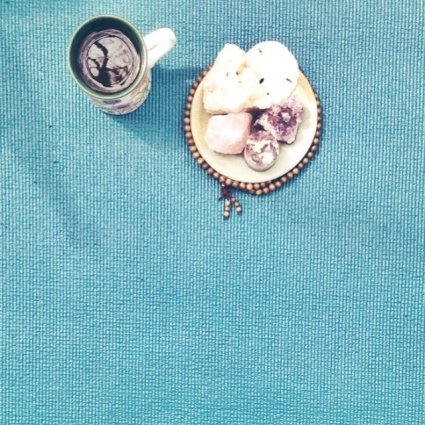
Axes of Feedback
From the beginning of this course, I committed to dropping traditional Western discourse on rhetorical practices. Instead, I decided to take on a more Eastern approach. This involved adopting a ritual of mindfulness, of coming to observe a piece of writing in a space of empathy; to meet people, to meet myself, where they are, and where I am, in any given moment, without judgement, and without constructs. I found that by seeing the world through this lens, I went deeper -- while becoming freer in practices which I was raised so rigidly. My calculation came in a form of re-calibration; to constantly realign my inner compass, yet to allow for spaces of difficulty, and to let the classic rhetoric with which I was built upon, slip away. Sift is the process of that upheaval paralleled with metastasis.
"The problem is that when you set up your world in dualistic terms of good and bad, right and wrong, being in control and being out of control, you are going to exclude a lot of perspectives, people, and legitimate spiritual activities." -Dream Yoga

Sift
A reflection on reflection
Vol. 1
Poems, essays, and observations on writing, living and healing.
Lauren Grothe
Senior Portfolio, USFSP
Spring 2016
Back Next
 Magazine Posts
Magazine Posts Table of Contents
Table of Contents